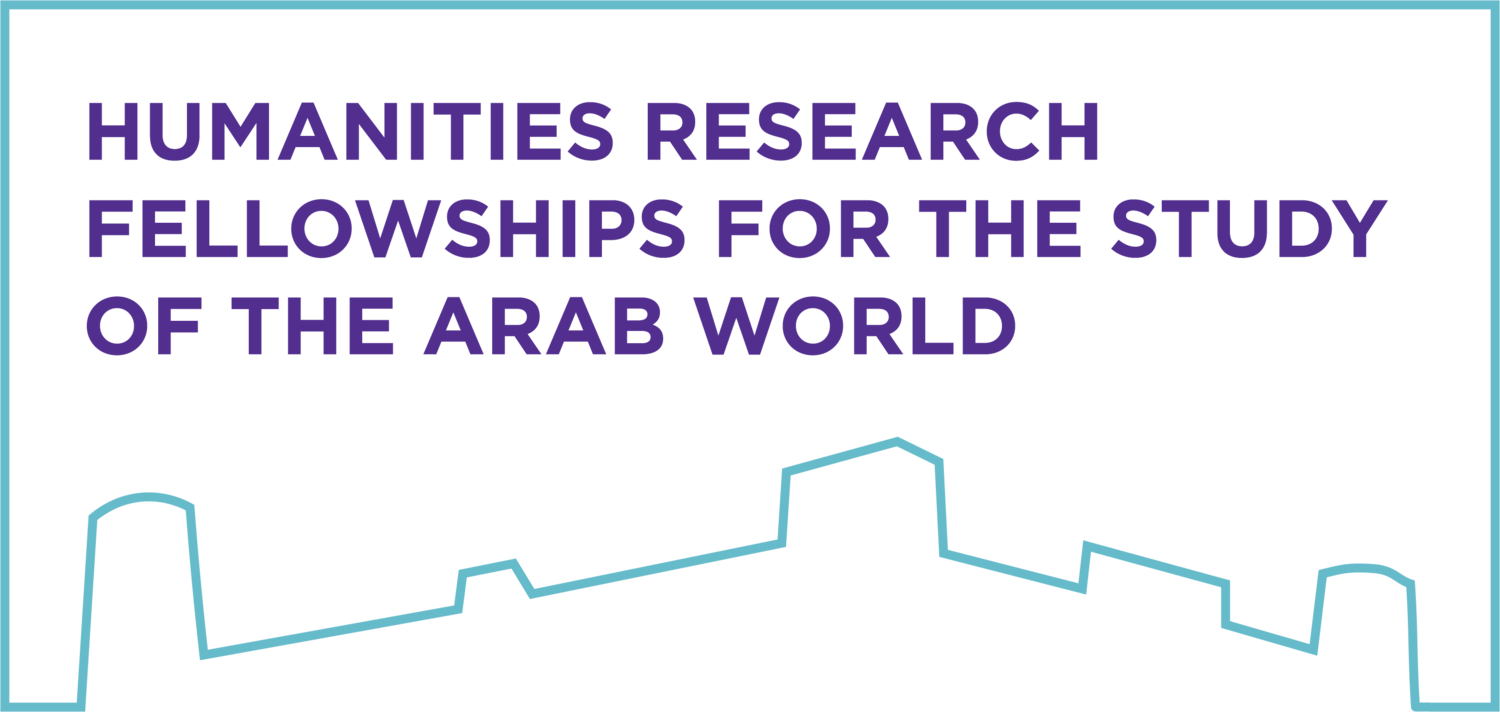Illustrating epic or illustrating history – plus ça change?
Charles Melville, Pembroke College, Cambridge
After a brief review of the aims and development of the Shahnama Project, from its inauguration in 1999 to its future prospects, this presentation will focus on an offshoot of the project, namely the compilation of a database of illustrated manuscripts of Persian chronicles and histories. These were produced concurrently with Shahnama manuscripts, but in far fewer numbers, and over a similar timespan, from the 14th to the 19th century: the long ‘manuscript age’ of Persian literary production.
The existence of the rich creation of illustrated Shahnama MSS was perhaps itself one reason for the slight interest in historical texts, since the Shahnama could sometimes be considered as a surrogate for illustrating contemporary history too. Nevertheless, there is a difference between an ancient literary epic and a self-consciously conceived chronicle of current – and past – events (usually in prose), however much the language and idiom, didactic purpose and even modes of illustration might be the same. So the questions remain, which chronicles were illustrated, how often, and why; which historical events were particularly singled out for illustration, whether in one text or across several; and how were they depicted? This raises the same issues of text-image relationships and the extent to which paintings suggest a visual reading of history, as in the case of the Shahnama.
Shahnameh today and forever
Firuza Abdullaeva-Melville, Pembroke College, Cambridge
The talk will be dedicated to the phenomenon of the epic Shahnameh which was written more than a millennium ago but is still a part of the everyday life in the contemporary Persian-speaking world, not only among the well-educated litterateurs but of the people of all social levels.
The focus will be given to several of the most famous stories from the cult Persian epic which have a common background in the world literary culture, such as Rapunzel-like Zal and Rudaba, or the story of Siyavush and Sudaba known in European tradition as Joseph and the Wife of Potiphar. Since its completion by Firdawsi the poem has been produced for centuries in myriads of manuscript copies, many of which were illustrated. Such a tradition created a particular number of cliches of illustrating the most popular episodes and which were followed over the centuries by the artists who worked both in the royal ateliers and for the commercial market. Although the forms, genres and techniques used by contemporary artists are far from those applied in medieval book art, in many cases they follow the well-established paradigm of miniature illustration to be reinterpreted through the means of the modern language of visual expression. Among the artists whose artwork is going to be discussed are Farah Ossouli, Siamak Filizadeh, Hamid Hemayatian, Arash Nazari, as well as urban murals and photography.
Speakers:
Charles Melville is Professor Emeritus of Persian History at the University of Cambridge and a Fellow of Pembroke College. He served as President of the British Institute of Persian Studies (British Academy), 2017–2023. He is director of the Cambridge Shahnama Project and editor of the ‘Idea of Iran’ series for the Soudavar Memorial Trust. His research interests include the history and historiography of Iran with a focus on the Mongol to Safavid eras, and the illustration of Persian manuscripts. He has travelled widely in Iran and Central Asia and has just completed a Leverhulme Emeritus Fellowship on ‘Visualising Persian History’. Recent publications include: “Akbar’s history of the Timurids”, IRAN 49, no. 2 (2021), pp. 203–224; “The Illustration of Mīrkhwānd’s Rauḍat al-ṣafā, RAS Ms. P. 38”, JRAS 32, pt. 4 (2022), pp. 897–911; “Juvaini’s account of Jalal al-Din Khwarazmshah and the crossing of the Indus: Historiographical and pictorial aspects”, Iran Namag 6, no. 3–4 (2023), pp. 82–100, and “Persian sources”, in The Cambridge History of the Mongol Empire, volume II Sources, ed. Michal Biran & Hodong Kim (Cambridge, 2023), pp. 1–43.
Dr Firuza Abdullaeva is a graduate (BA, MA hons.) of St Petersburg University, where she received her PhD in Persian literature, art, and Islamic Studies, and taught until 2005, with terms at Ann Arbor as Fulbright Professor and at Princeton at the Institute for Advanced Study. She left St Petersburg as an Associate Professor for Oxford University, where she was Princess Ashraf Fellow and curator of the Ferdowsi Library at Wadham College and taught Persian literature at the Oriental Institute. In 2010 she moved to Cambridge, where she is the Director of Research at The Cambridge Shahnameh Centre for Persian Studies, Pembroke Centre, University of Cambridge. Dr Abdullaeva has published extensively on subjects of her main research interests, which include Classical Persian literature, medieval Persian book art, diplomatic gift exchange between Persian, Russian and British courts, travelogue literature of the Qajar period, Persian literary classics in contemporary art and Russian cultural Orientalism in Iran, Central Asia and the Caucasus, particularly in opera and ballet.
Organized by
The Humanities Research Fellowship for the Study of the Arab World, in collaboration with the NYUAD Institute and the Farjam Foundation.
In Person (NYUAD Campus)
The lecture is open to the NYUAD community and by invitation only. Registration has closed.


